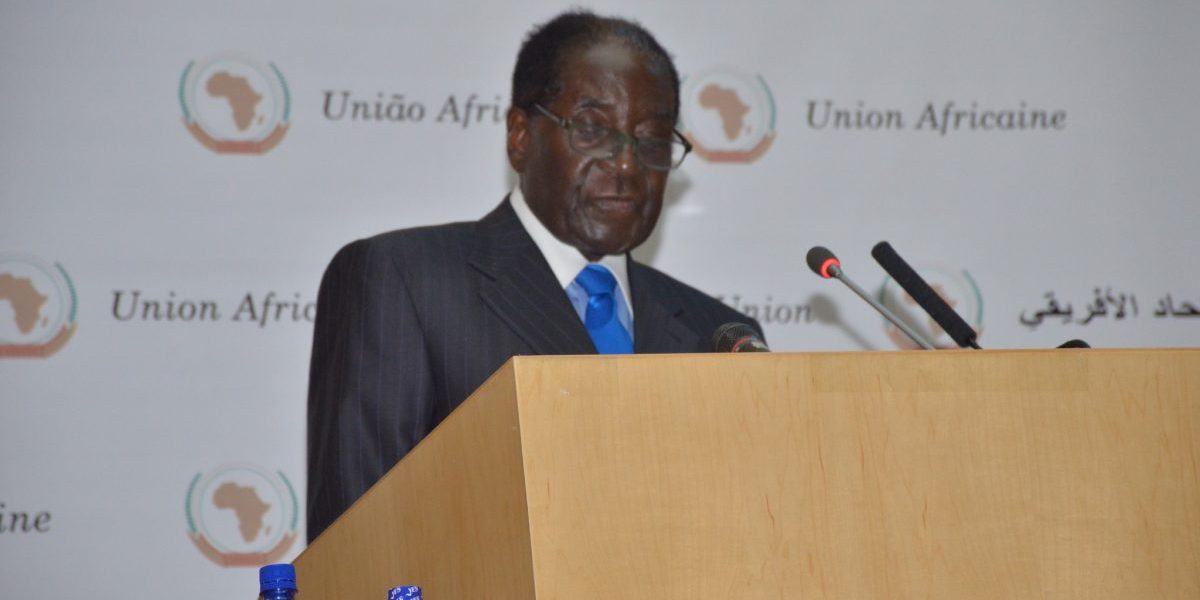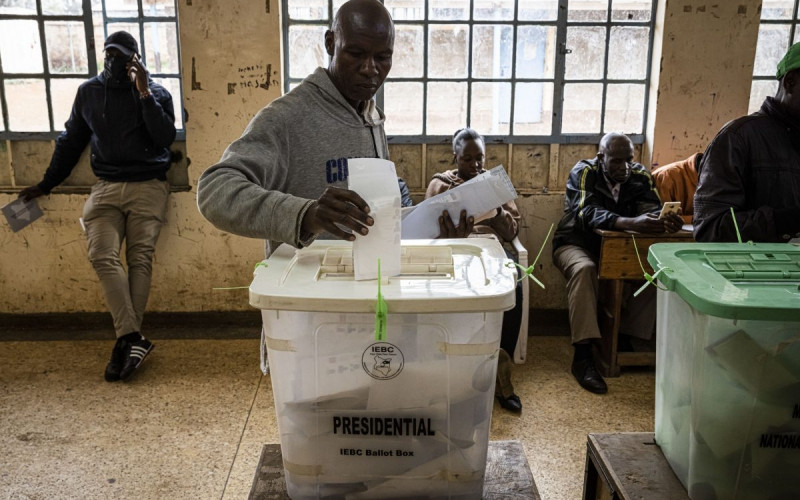Last week the Kimberley Process — the name by which the initiative is popularly known — convened a summit to try to convince Zimbabwe to suspend itself from membership of the process after the country’s soldiers allegedly killed more than 200 miners in an operation to seize control of the Marange fields late last year.
But the summit’s host government, Namibia — unwilling to be perceived as a ‘puppet of the West’ — would not stand up to the government of President Robert Mugabe, even though the credibility of the Kimberley Process depended on it. So the summit granted Zimbabwe eight months to sort itself out.
Of course, speaking truth to power is difficult in the midst of intimidation. However, if ever there was a time for boldness, surely it was now. The summit’s decision is laughable; it renders the Kimberley Process effectively toothless, and is harrowing news for activists who have sought to protect citizens from Mugabe’s thugs.
In the link between resource endowment and poor development performance — popularly known as the ‘resource curse’ — diamonds have been identified as
particularly problematic. Unlike diamonds mined from kimberlite pipes, such as those in Botswana, the alluvial diamonds found by sifting through sand and gravel are ‘lootable’ — easily transportable and hidden, easily laundered and thus susceptible to being traded for weapons by informal forces involved in conflicts.
The question of conflict diamonds and how to deal with them has become a major issue in international politics in recent years. It has also entered the popular conscience; aside from their appearance in a recent James Bond film, the more robust production “Blood Diamond” — the 2006 adventure movie starring Leonardo DiCaprio — has also provoked significant response.
The Kimberley Process — named after the South African diamond-mining city of the same name, where the initiative was launched — gained momentum quickly due to early support from the United Nations and diamond industry heavyweights such as the De Beers company and the World Diamond Council, representing traders, miners and manufacturers.
According to academics documenting the process, De Beers effectively admitted to the presence of conflict diamonds, and then became actively involved in the
Kimberley Process, only because of the impact that negative publicity — generated by non-governmental organisations such as Global Witness — was having on the demand for diamonds. Advocacy groups were juxtaposing diamonds — promoted by the industry as a symbol of love — against images of mutilation, corruption and child soldiers, a mental association in the minds of consumers that De Beers could scarcely afford.
The sensitivity of demand to changes in consumer tastes is especially important in determining the extent to which industries become involved in governance initiatives like the Kimberley Process. The demand for diamonds is far more sensitive to bad publicity than that for oil, for instance, since oil is a necessity. This explains why the Kimberley Process has been more successful than the similar initiative on oil and mining in general, the Extractive Industries Transparency Initiative (EITI).
But what exactly is the Kimberley Process?
It is a mechanism whereby member countries agree by consensus that no diamonds are to be imported by any country unless they are packaged in universally recognisable form and their country of origin verified. Any diamond that lacks identification, or is identifiable as coming from a conflict zone, is to be rejected. On July 31, 2003, 54 countries signed up to the process. About 70 countries, including Namibia and South Africa, are now signatories.
Kimberley is unique in its ability both to bring a major multinational corporation on board and to act upon empirical evidence about a resource curse produced by academic researchers. Legitimate diamond sales have become almost dependent on its success. However, the process is now in crisis, and Zimbabwe’s continued membership threatens the consensus on which the process relies for its sustainability.







